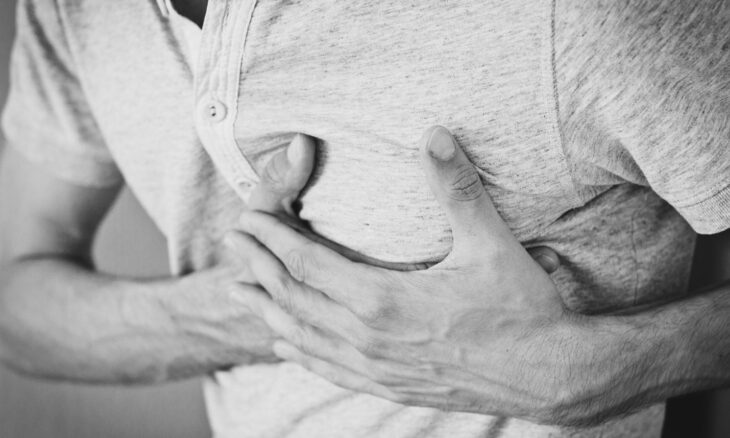
Last Updated on January 24, 2023 by Surender Kumar
Many people suffer from heart attacks every year. Over 200,000 people lost their lives to heart attack-related complications.
While many of these incidents can be fatal, heart attacks can be treated if caught in time. Knowing the different types can help you identify a potential heart attack and get help as soon as possible.
Keep reading to learn about the different types of heart attacks and their symptoms!
Table of Contents
Different Types of Heart Attacks
A heart attack occurs when there is a sudden blockage in the blood supply to a part of the heart. This can result in tissue damage or death. There are four main types of heart attack:
ST-Elevation Myocardial Infarction (STEMI)
This is the most serious type of heart attack, in which a coronary artery is blocked completely. This leads to a lack of oxygen supply to the heart. Treatment for a STEMI must be given as soon as possible to prevent severe damage or death.
Non-ST-Elevation Myocardial Infarction (NSTEMI)
This is a less serious type of heart attack. It occurs when there is a partial blockage of a coronary artery. Treatment is usually delayed and may involve lifestyle changes, such as quitting smoking, to reduce the risk of further blockage.
Unstable Angina
This is when there is chest pain and changes in electrical signals in the heart without a blockage. This can be an early warning sign of a heart attack. Treatment usually involves lifestyle measures and medications to reduce the chance of a complete heart attack.
Silent Ischemia
This is a type of heart attack with silent symptoms. It occurs when blood flow is blocked to the heart, usually due to clogged or narrowed arteries. Because symptoms may not be as pronounced or obvious, a person may not recognize that they are having a heart attack.
Early Signs and Symptoms of Heart Attacks
Heart attack signs and symptoms can vary greatly, even between individuals. Common signs and symptoms include chest discomfort, shortness of breath, and nausea or lightheadedness.
Other symptoms include increased heart rate, increased blood pressure, an accelerated or irregular heartbeat, or palpitations.
Cold sweats, a sudden feeling of anxiety, pain in one or both arms, and leg pain are also early signs of a heart attack. You can learn about leg pain on this site associated with a heart attack. If you experience any of these symptoms, it is important to seek medical attention immediately.
The Dangers of a Sudden Heart Attack
Heart attack can border on lethal. When symptoms go untreated, a person may suffer horrifying implications. Knowing the difference between the types of heart attacks can help you stay ahead of potential vascular health risks and get the necessary treatment.
It’s important to understand each type and ask your doctor for more information or if you have any questions regarding your health and well-being. Never risk the health of yourself or a loved one by ignoring the warning signs of a heart attack. Seek help today to avoid the devastating consequences.
For more on health and wellbeing, check out the rest of our blog!

I am a passionate blogger having 10 years of experience in blogging and digital marketing. I started List Absolute in 2018 to give my passion a live platform. I have also a good hand in writing unique and quality content. Here I contribute in my free time. Thanks for reading. Let me know if I can help you get your work done in a timely manner.
